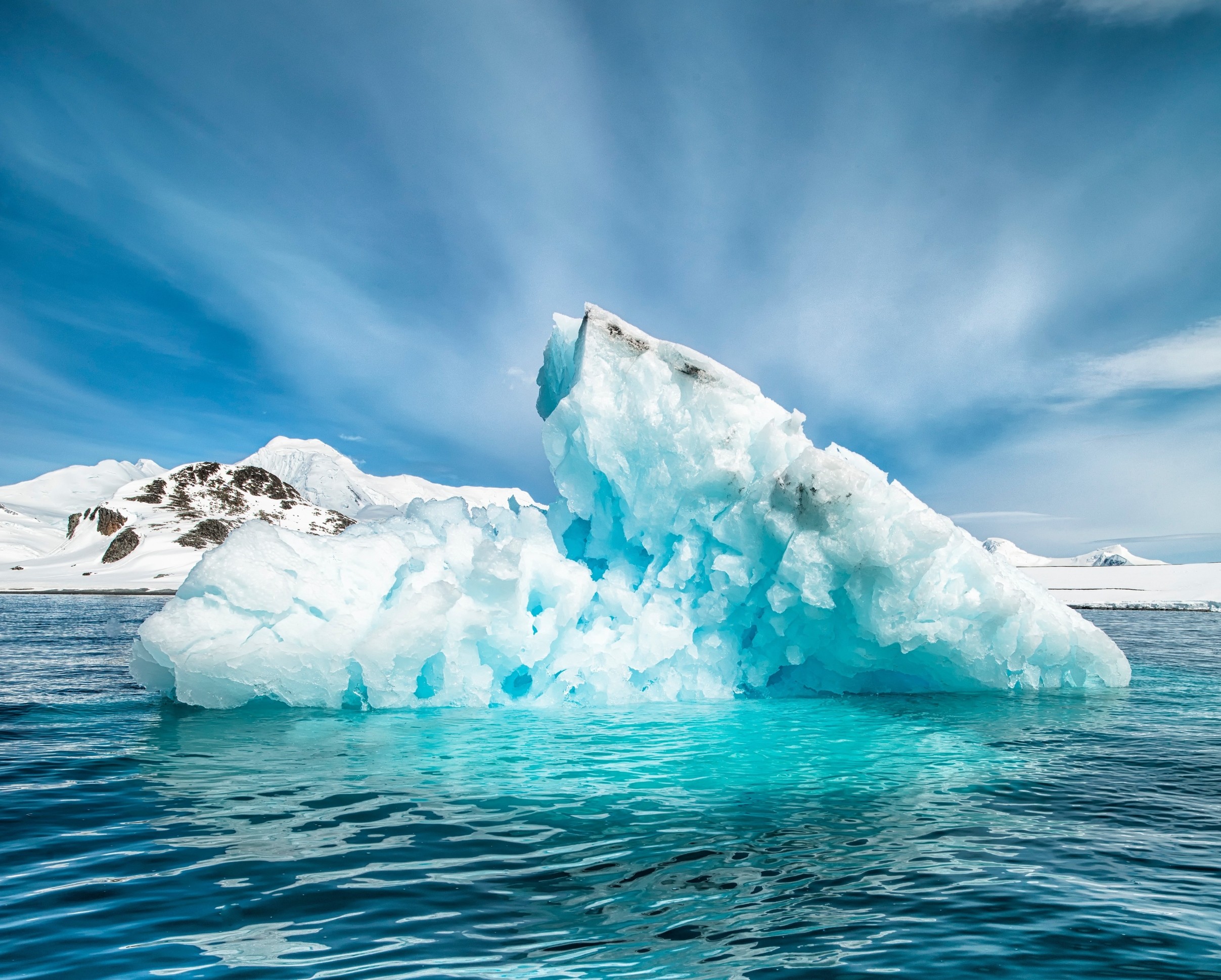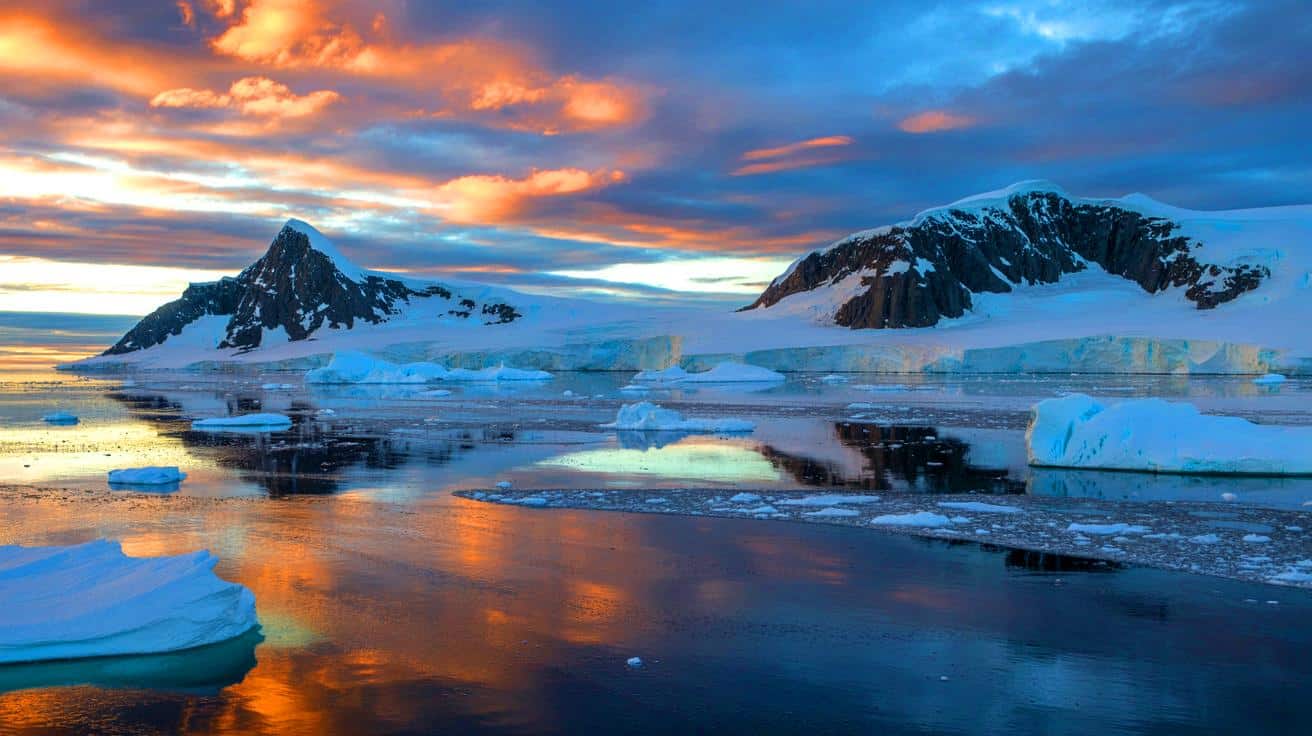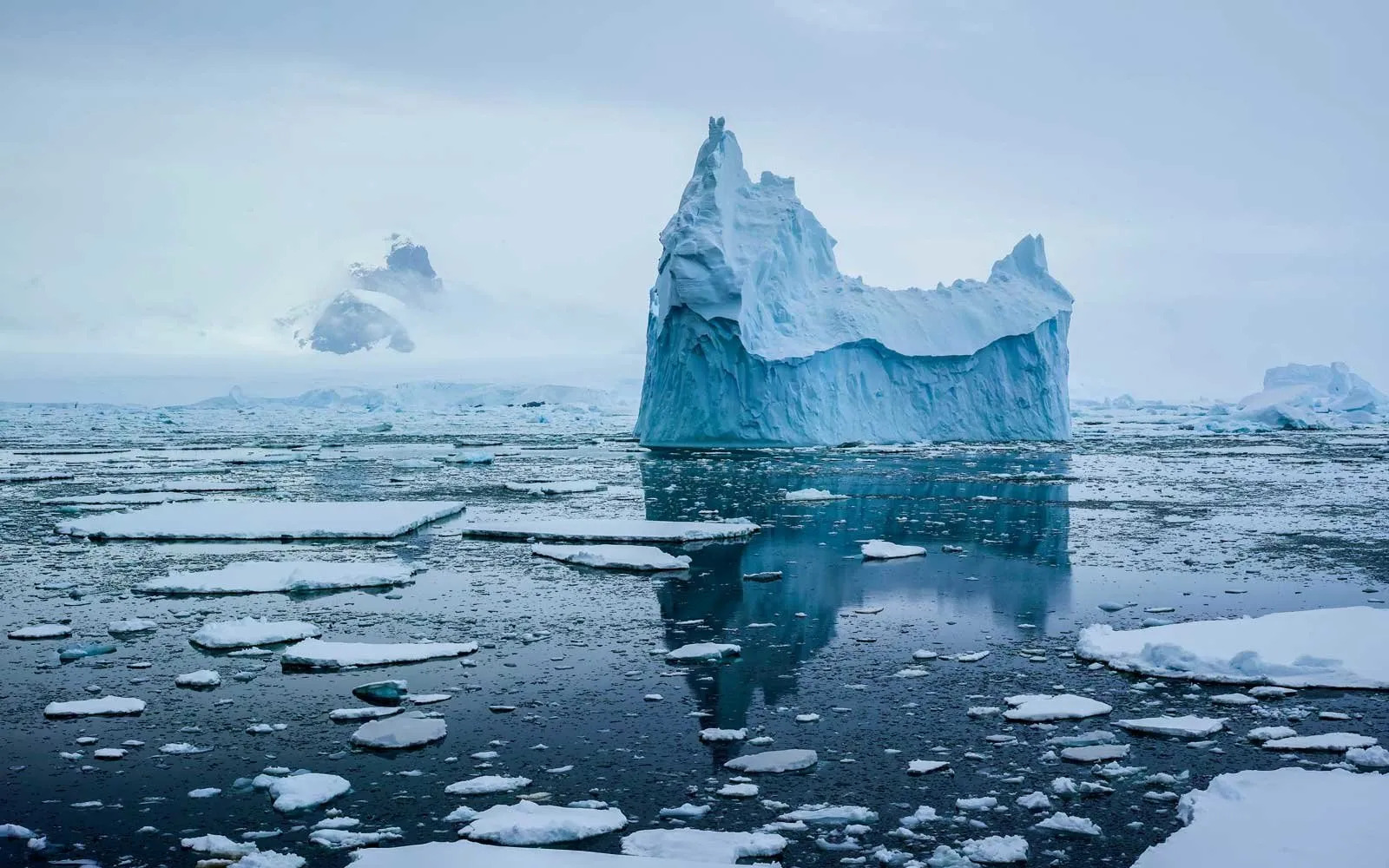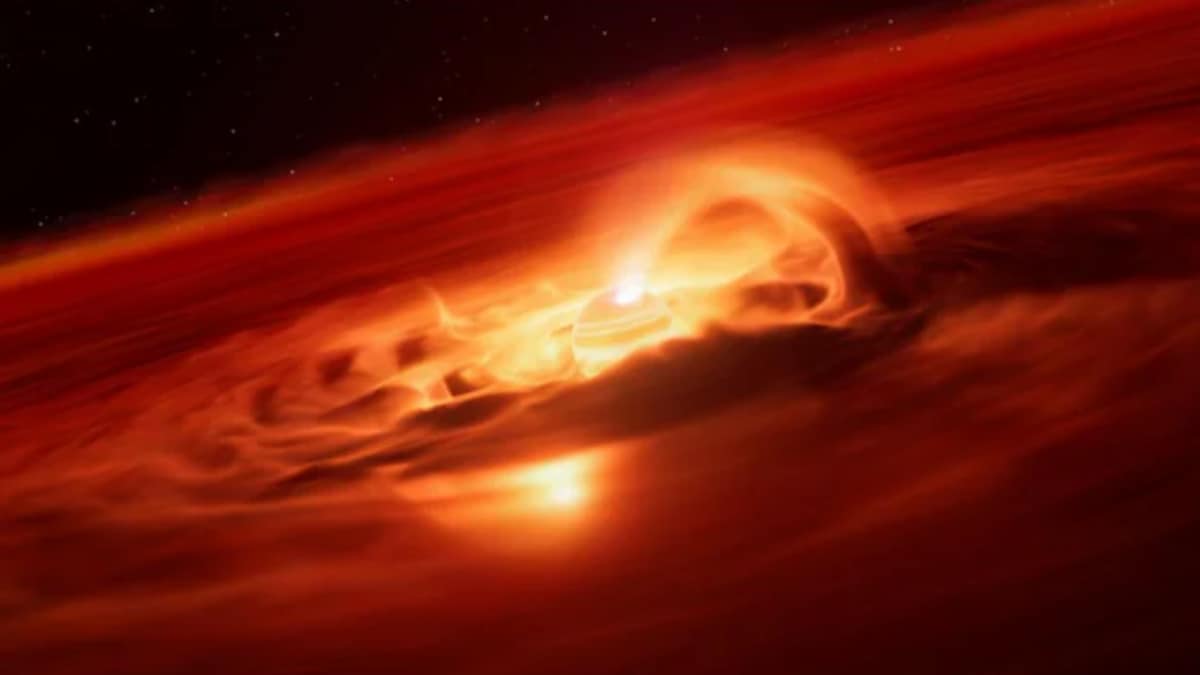Unbelievable Discovery: Antarctic Sea Ice Could Spell Doom for Our Climate!

Imagine a puzzle so intricate that every piece can change the picture completely. Climate science is that puzzle, and a shocking new study reveals a critical piece we've all been missing. Researchers have uncovered a compelling link between Antarctic sea ice, cloud cover, and global warming, suggesting our planet's temperature rise could be far worse than we ever imagined.
Led by Linus Vogt from Sorbonne University, this groundbreaking study published in the journal Earth System Dynamics utilized satellite data spanning four decades, from 1980 to 2020, alongside 28 Earth system models. The results are staggering: the amount of heat absorbed by the ocean and the predicted rise in thermal sea levels by 2100 could exceed estimates by a shocking 14 percent. But that’s not all—cloud feedback is set to be 19-31 percent stronger than we thought, pushing global warming estimates up by an additional 3-7 percent.
So, what does this mean for us? The role of Antarctic summer sea ice, typically viewed as stable and weakly tied to human-induced climate change, has emerged as a pivotal factor in this alarming equation. Models that began with realistic pre-industrial sea ice levels indicated significantly colder surface waters and deeper oceans, which in turn thickened mid-latitude cloud cover. This complex interplay dramatically amplifies warming effects under greenhouse gas emissions. In simple terms, how cold or warm the ocean starts out can make a massive difference in how sensitive the climate is to our emissions, far more than previous studies suggested.
Vogt expressed his surprise at the strength of this relationship, given that Antarctic sea ice occupies less than 4% of the ocean's surface. "How could it be so strongly associated with global ocean warming?" he pondered. This revelation highlights the intricate coupling of sea ice, the ocean, and our atmosphere, a connection that could dictate the fate of our planet.
But there’s more: the mechanisms at play are not just numbers on a page; they represent real physical processes. An increase in sea ice can enhance cloud cover, which cools our planet by blocking solar radiation. Conversely, as sea ice diminishes, fewer clouds form, allowing for more intense warming and further heat retention in our oceans. The takeaway? The initial state of our sea ice is crucial in shaping future warming scenarios.
Moreover, the findings suggest that existing climate models may be underestimating future conditions. Models that indicate a higher historical sea ice extent tend to predict more drastic ice loss by 2100, resulting in stronger feedback loops that accelerate warming, particularly in the Southern Hemisphere.
With climate projections often based on shorter observational periods, researchers caution against relying solely on trends from 1980 to 2015. These snapshots can obscure larger climate shifts and systemic changes, like the record-low sea ice extent witnessed in 2023. According to Vogt, past models have often misrepresented the warm conditions of the Southern Ocean by underestimating its cooling effects, which ultimately skews future warming predictions.
This study underscores an urgent need for action. If global warming has been underestimated, so too have the risks of devastating sea rises, extreme heat, and biodiversity loss. Strengthening warming trends could disrupt rainfall patterns and food systems, endangering millions who depend on stable climates for survival.
Moving forward, continuous Earth observation missions are essential. Satellite programs monitoring sea ice, cloud patterns, and ocean conditions provide vital insights into these interconnected changes. The crux of the matter is that the Earth system is more sensitive than we ever realized. This newfound knowledge should guide both scientific endeavors and collective actions to curb emissions. The stakes could not be higher—stronger warming means stronger impacts, from more intense storms to accelerated sea level rise. Policymakers must absorb this critical information, as international agreements like the Paris Accord need to reflect the true magnitude of the climate crisis.
As researchers continue to unravel the complex ties between ice, clouds, and oceans, one message rings clear: we must act, and we must act now.



























